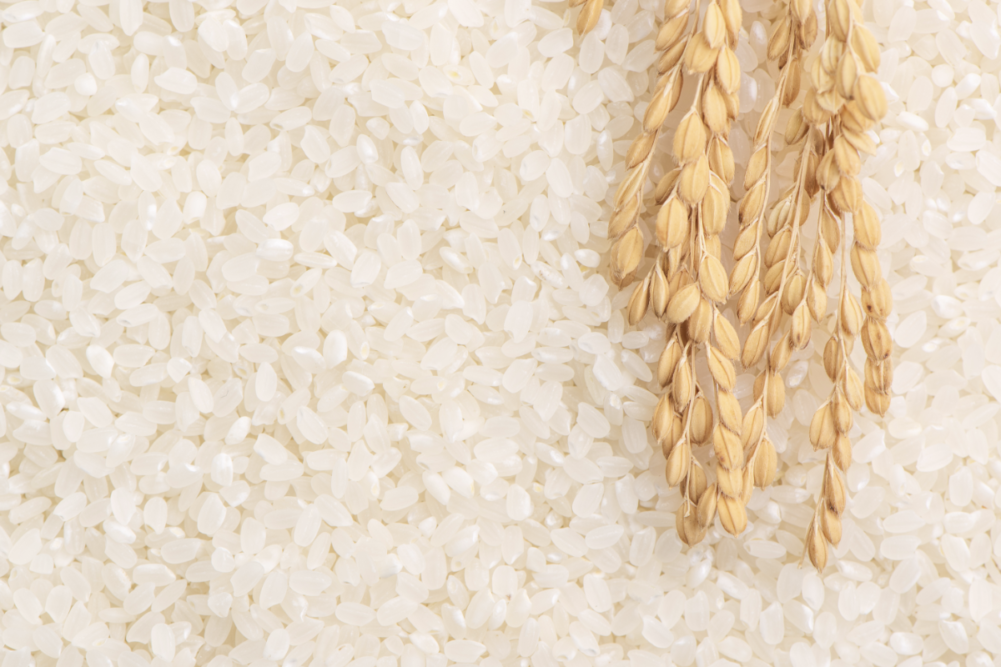LONDON, ENGLAND — A projected record in global rice production and an update on the global pulse market were among the highlights from the International Grains Council’s (IGC) 54th Council Session, held Jan. 21 via video conference.
The meeting, chaired by Taras Kachka, deputy minister for Development of Economy, Trade and Agriculture of Ukraine, examined developments for the 2021-22 marketing year.
Global rice output was forecast at 511 million tonnes, marginally higher year-on-year and a new record due to bigger harvests among Asian producers.
Tied to population-driven gains in food use, rice consumption was predicted at a peak, while inventories were also seen at a high, including accumulation in key exporters.
After the prior year’s solid year-on-year rise to a record, rice trade was expected to edge lower in 2022.
World pulses trade was seen contracting for a second successive year in 2022 (January to December), by 2%, to 16 million tonnes, on smaller shipments of dry peas and chickpeas — principally to destinations in Asia.
Despite a 5% year-on-year fall in dispatches, Canada would remain by far the biggest supplier of pulses to the global market, the IGC said.
The Secretariat also updated members on its forecasts for chickpeas supply and demand, which formally were published for the first time in the IGC’s January Grain Market Report.
The Secretariat updated members on developments regarding its ongoing work program. This program included the construction of supply and demand balances for grains-based ethanol, the expansion of its freight market model, the revamping of its suite of daily reports, as well as work in setting up a pulses fob price matrix, intended for completion by June 2022.
Regarding administrative issues, members agreed to the IGC signing two Memorandum of Understandings with the Institute for the Development of Agricultural Cooperation in Asia (IDACA) and Group on Earth Observations Global Agricultural Monitoring Initiative (GEOGLAM).
The Secretariat also provided a debrief on the previous day’s Grains Forum co-organized with Ukraine, titled, “Grains Sector Resilience: Contingency Plan to Anticipate Shocks,” which explored the state of contingency plans in the grains, oilseeds and rice sectors, including how those plans could be articulated and their potential impact on global trade.






